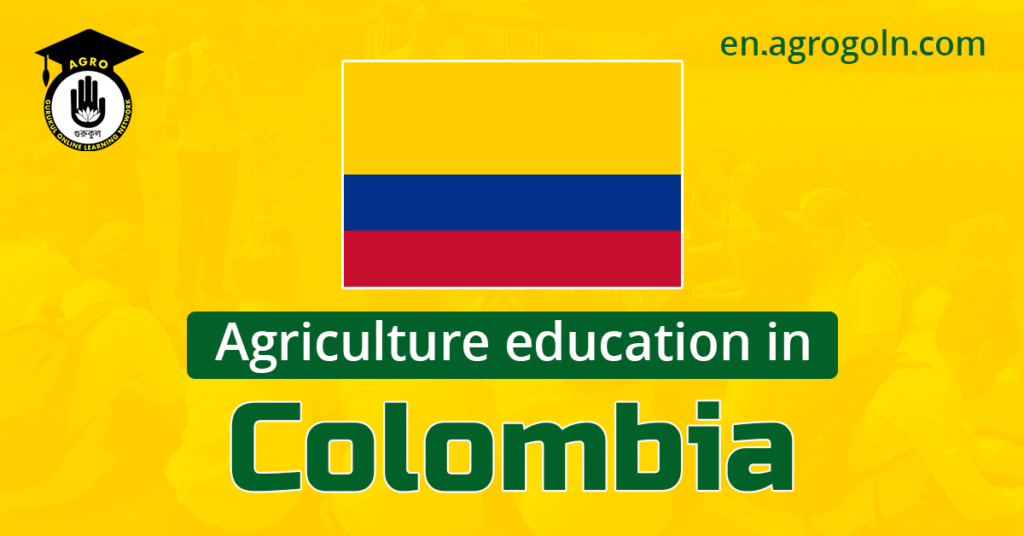Colombia, with its diverse climate and terrain, has always been an agricultural powerhouse in South America. From the aromatic coffee beans of the Andes to the lush banana groves of the Caribbean coast, the nation’s agriculture sector represents not just a vital economic pillar, but also a cultural and historical identity. Ensuring that this legacy thrives and evolves requires a robust agricultural education system. This article delves into the structure, challenges, and future potential of agriculture education in Colombia.
Historical Context
Historically, the indigenous communities of Colombia have relied on agriculture as a primary means of subsistence. With the Spanish colonization, large haciendas and encomiendas shaped the agricultural landscape and brought new crops such as sugarcane and coffee. Over the years, as Colombia strived to become self-reliant in food production and also bolster its economy through agricultural exports, the need for structured agricultural education became evident.
Structure of Agricultural Education
- Primary and Secondary Education In primary and secondary schools, basic principles of agriculture are introduced. While it may not be a core subject, exposure to farming practices, the importance of sustainability, and the economic relevance of agriculture are often emphasized.
- Technical and Vocational Training Many technical institutes in Colombia offer courses tailored to the needs of the agriculture sector. From crop management to agribusiness, these courses cater to those who wish to delve into specialized fields or those who aim to manage family farms more efficiently.
- Tertiary Education Colombia boasts renowned universities, such as the National University of Colombia and the University of Antioquia, which offer undergraduate and postgraduate programs in agronomy, veterinary medicine, agribusiness, and more.
Key Challenges
While the structure is in place, agriculture education in Colombia faces its fair share of challenges:
- Urbanization: As urban areas expand, there’s a decline in the number of young people interested in agriculture. The appeal of city life and perceptions of farming as an antiquated profession have led to dwindling enrolments in agricultural courses.
- Lack of Practical Exposure: While theoretical knowledge is imparted, there’s often a disconnect with on-ground realities. Practical training and exposure to modern agricultural technologies are sometimes lacking.
- Resource Constraints: Public institutions, in particular, face budgetary constraints. This has a trickle-down effect on research initiatives, infrastructure, and even the quality of education.
- Land Issues: Owing to historical land ownership patterns and conflicts, many potential students lack access to land, making the practical aspects of their education challenging.
Innovative Initiatives
Despite these challenges, Colombia has been at the forefront of some innovative agricultural education initiatives:
- Mobile Training Units: Recognizing the need for hands-on training, several institutions have introduced mobile training units. These are essentially labs-on-wheels, equipped with modern agricultural tools and technologies, traveling to remote areas to offer practical training.
- Community Engagement: Emphasizing community-based learning, some programs incorporate local farmers as educators. This not only bridges the knowledge gap but also reinforces the bond between students and their communities.
- Digital Platforms: With the advent of technology, there are now digital platforms and applications dedicated to agricultural education in Colombia. These platforms offer courses, tutorials, and forums where students and farmers can discuss challenges and share solutions.
- International Collaborations: Several Colombian universities and institutes have forged partnerships with international agricultural institutions. This facilitates an exchange of knowledge, best practices, and even student exchange programs.
The Way Forward
The future of agriculture education in Colombia is brimming with potential. Here are some pathways to ensure its continued relevance and effectiveness:
- Sustainability: With global climate change affecting agricultural yields, the focus should shift towards sustainable and climate-resilient farming practices. Curricula should be revamped to incorporate these aspects.
- Agripreneurship: Beyond traditional farming, there’s a world of opportunities in agripreneurship. From agri-tourism to organic farming startups, the scope is vast and must be highlighted in the educational framework.
- Policy Interventions: The government can play a proactive role by offering incentives to students opting for agricultural courses, subsidizing research, and fostering a conducive environment for agri-innovations.
- Skill Development: In tandem with academic courses, skill development initiatives can be promoted. This would ensure that even those not pursuing formal education can upgrade their knowledge and skills.
- Promoting Women in Agriculture: Historically, women have been integral to Colombian agriculture. Their role should be acknowledged, and efforts should be made to encourage more women to take up agricultural education and leadership roles.
Conclusion
Agriculture education in Colombia is not just about sowing seeds and harvesting crops; it’s about nurturing the next generation of agricultural scientists, entrepreneurs, and innovators. The roots of this education system are deep, and with concerted efforts, it can blossom into a force that not only sustains Colombia’s agricultural legacy but also pioneers new paths of prosperity.

